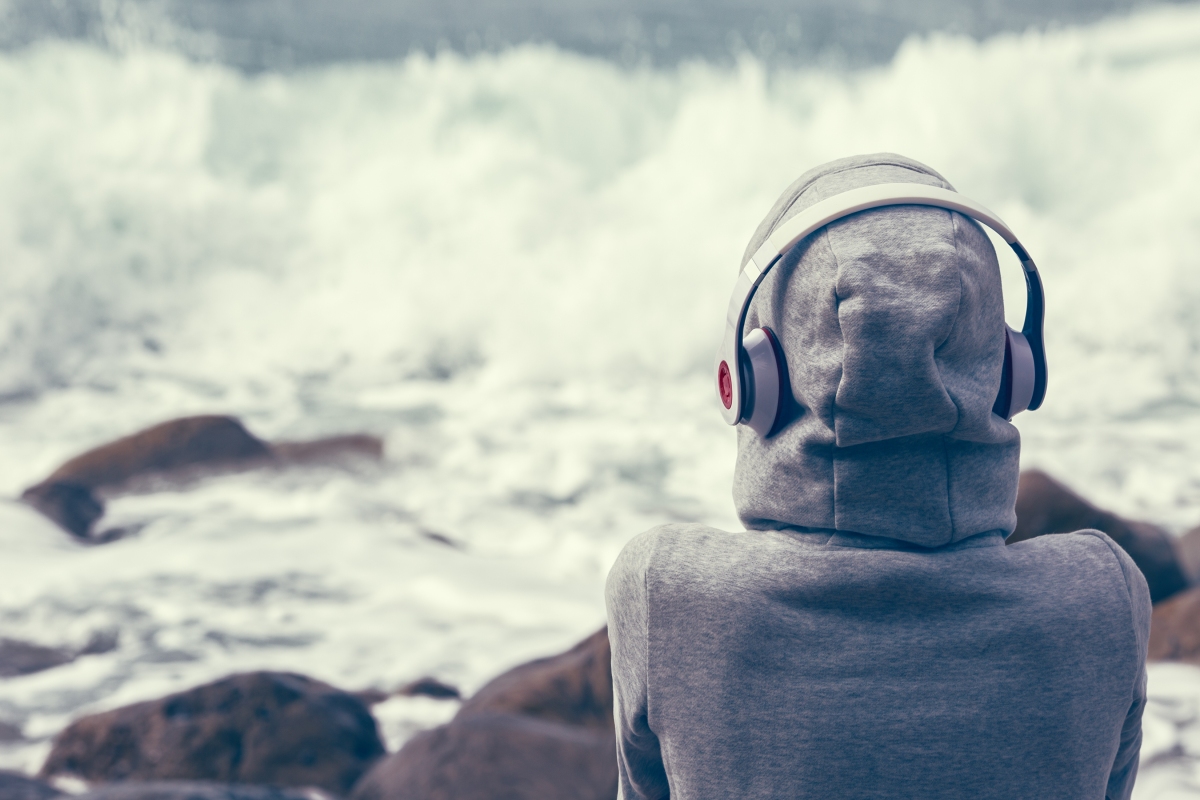The incessant tapping of that yellow number two pencil against the desk never seemed to end, just like the constant reminder of the score I received on my Scholastic Aptitude Test (the infamous SAT).
I remember every detail about that day, the pencil tapping especially. The poor fellow behind me must have been struggling on the critical reading section, because he just about tapped himself out of that stuffy room. To add insult to injury, he spewed his breakfast all over his test booklet and left a little bit of residue in my kinky hair.
This is the story I would actually prefer to tell my peers when I have to explain my SAT score. Unfortunately, this was not the case, and like many students in the United States, standardized tests are just another challenge to add to our already problematic lives.
John Oliver, the host of Last Week Tonight, uncovers the truth behind standardized tests in America in this video that went public in 2015. Before proceeding with this article, take some time to watch this short video in which Oliver explains what these tests are, and the horrors that occur because of them. As a graduating senior, I feel that it is important to address the pains that high school officials decide to place upon us. A commentary on Oliver’s intriguing video is long overdue.
He begins by explaining how standardized tests are made to look enticing, but after experiencing one, students’ opinions change dramatically. In fact, some students skip their tests, proving that either they are rebellious teenagers who do not want to do anything remotely educational, or that the tests are simply awful. These students may also be emotionally scarred by previous test experiences. Similar to my “SAT testing experience”, students sometimes become ill and have mental breakdowns during these (clearly traumatizing) tests. Funnily enough, such occurrences are not uncommon and clear instructions are provided by the proctor of the exam prior to the occurrence of an incident such as vomiting.
John Oliver proceeds by tracing the immense pressure America decides to give her students back to the 1990s. Back then, American students ranked low compared to other countries when it came to testing. Therefore, operations like “No Child Left Behind” and more recently “Race to the Top” were set in place to help with this national issue. This “needed” intervention, meant to help Americans increase test scores, managed to also triple the number of tests admitted in the country.
Apart from the sick students who cannot seem to catch a break, Oliver hit on another important aspect of standardized testing that some people may neglect to mention. Pearson Education has power over many American schools; students – this is the company to blame for most of your stomach ulcers and migraines. They control many standardized tests, in addition to other aspects of American education. Shockingly, to find graders for the tests, they post job openings on Craigslist. This is an issue that is not exclusive to Pearson Education. Some graders have spoken up and said that grades are not always based on merit, and sometimes they are even based on the last year’s scores. Therefore, if the company is looking to imitate the scores that students received the year previous, graders are instructed to give a certain number of two’s, three’s, four’s and so on. Essentially, graders are asked to see exam papers as a particular number, whether or not the paper is worth the score.
The US has gone through all of this trouble in order to improve the test-taking abilities of its students, and yet the test scores have not even improved dramatically since the changes took place. The injustices that go on after a student has suffered through these grueling exams is heartbreaking, and a better system for standardized tests needs to be established. Is the pencil-tapping induced stress that America is placing on students really worth it?









